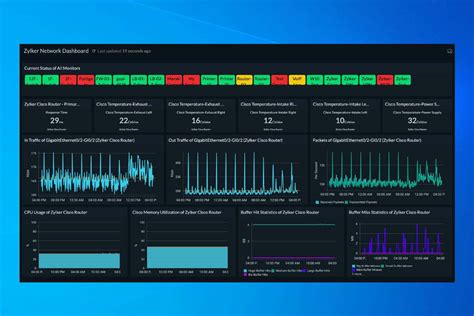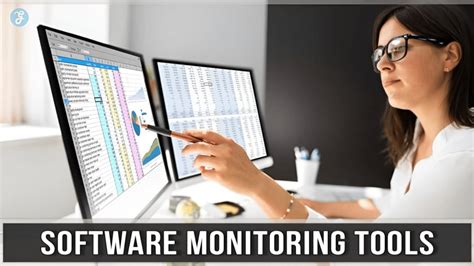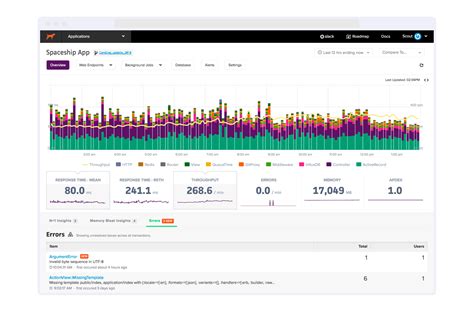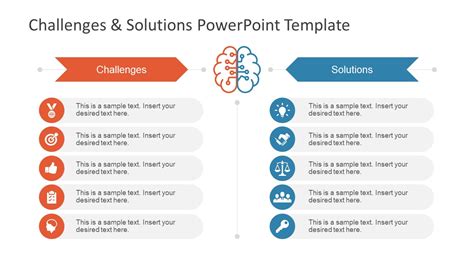Software Monitoring for Agricultural Technology
The agriculture industry has been undergoing a technological revolution in recent years, with the advent of precision agriculture, smart farming practices, and the use of cutting-edge technologies to optimize crop production. One key aspect of this transformation is software monitoring for agricultural technology, which plays a crucial role in enabling farmers to make data-driven decisions, increase efficiency, and maximize yields. In this article, we will explore the importance of software monitoring in modern agriculture and how it is revolutionizing the way farmers manage their operations.
 The Role of Software Monitoring in Agriculture
The Role of Software Monitoring in Agriculture
Software monitoring in agriculture involves the use of various tools and technologies to track, analyze, and manage data related to farm operations. This includes monitoring parameters such as soil moisture, temperature, humidity, crop health, and pest infestations. By collecting real-time data from sensors and other devices, farmers can gain valuable insights into the conditions of their fields and make informed decisions to improve productivity and sustainability.
 Benefits of Software Monitoring in Agriculture
Benefits of Software Monitoring in Agriculture
- Increased Efficiency: Software monitoring allows farmers to monitor their crops and livestock remotely, saving time and resources.
- Optimized Resource Allocation: By analyzing data on soil conditions and crop health, farmers can make informed decisions about irrigation, fertilization, and pest control.
- Improved Yield: With real-time monitoring and data analytics, farmers can identify and address issues that may affect crop yields, leading to increased productivity.
- Enhanced Sustainability: Software monitoring enables farmers to adopt sustainable farming practices by reducing water usage, minimizing chemical inputs, and conserving soil health.
 Case Studies on Software Monitoring
Case Studies on Software Monitoring
Several agricultural technology companies have developed innovative software solutions that are revolutionizing the way farmers manage their operations. For example, FarmLogs offers a comprehensive platform that provides farmers with detailed insights into their fields, including weather forecasts, planting recommendations, and yield monitoring. By using FarmLogs' software monitoring tools, farmers can maximize their crop yields and optimize resource usage.
Another successful case study is Climate Corporation, which offers a digital agriculture platform that utilizes data analytics to help farmers make better decisions. Their software monitoring tools enable farmers to analyze field data, predict crop outcomes, and manage risk factors effectively. By harnessing the power of data, Climate Corporation has helped farmers improve their operational efficiency and profitability.
 Challenges and Solutions in Software Monitoring
Challenges and Solutions in Software Monitoring
While software monitoring offers numerous benefits to the agriculture industry, there are also challenges that need to be addressed. One common challenge is the lack of reliable internet connectivity in rural areas, which can hinder the transmission of real-time data from sensors to farmers. To overcome this issue, companies are developing technologies that can store data locally and sync it with cloud servers when connectivity is available.
Another challenge is the complexity of data analytics and the need for farmers to interpret the insights provided by software monitoring tools. To address this, companies are creating user-friendly interfaces and providing training programs to help farmers utilize data effectively in their decision-making processes.
 Summary
Summary
Software monitoring for agricultural technology is a vital component of modern farming practices, enabling farmers to optimize their operations, increase efficiency, and maximize yields. By leveraging data analytics, real-time monitoring, and advanced technologies, farmers can make informed decisions that enhance sustainability and profitability. While there are challenges to overcome, the benefits of software monitoring far outweigh the drawbacks, paving the way for a more sustainable and productive future in agriculture.
 Table
Table
| Software Monitoring for Agricultural Technology | Information |
|---|---|
| Role | Track, analyze, and manage data related to farm operations |
| Benefits | Increased efficiency, optimized resource allocation, improved yield, enhanced sustainability |
| Case Studies | FarmLogs, Climate Corporation |
| Challenges | Internet connectivity, data analytics complexity |